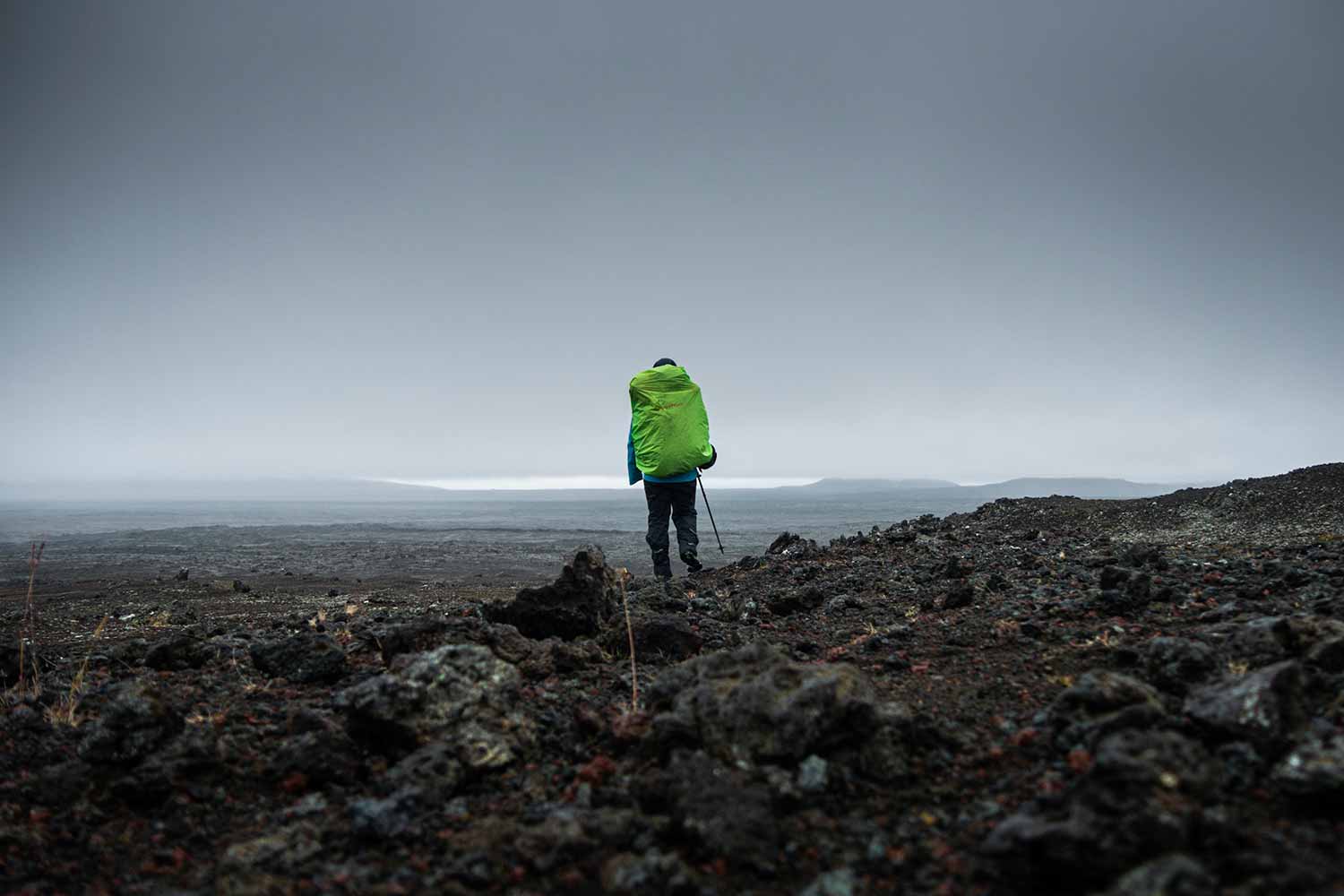I put the last stone on top of the small dry stone wall that we are in the process of building. It is the end of February and I have just started my year of training in eco-construction at the Gabion center in Mane, in the Alpes-de-Haute-Provence.
The Gabion is an association created in 1993 by Richard Lacortiglia. Its vocation is to promote ecology in the building sector by teaching eco-construction, traditional know-how, heritage conservation and working on research and experimentation. The association is deployed on three sites: Embrun in the Hautes-Alpes where the head office is located and where the OPEC (eco-construction), OPRP (renovation) and Earth builder training sites are held, Mane in the Alpes-de-Haute-Provence where the OPEC (eco-construction) training is held and Meyragues in the Bouches-du-Rhône where the OPRP (renovation) training is held. The Gabion is part of the Ecoconstruire Federation, a federation which identifies all professional training organizations in eco-construction across France. It was thanks to this website that I discovered a few months ago that a large number of centers offered professional training related to ecology and building.
The Gabion immediately interested me, because of its approach, its reputation (Jules with whom I worked on the renovation site of an old ruin, knows the center very well) and its location in the PACA region and especially the Hautes-Alpes department. Having decided to retrain myself professionally in eco-construction and training starting at the end of February 2021 at the Mane center in OPEC (professional worker in eco-construction) I did not hesitate.
So here I am, learning for nine months the main techniques and characteristics of construction / renovation of the building with an approach based on respect for the environment, materials and knowledge. The first weeks are divided between discovery of dry stone, first aid training, certification of scaffolding and masonry building. We are thirteen trainees, of all ages with different profiles. But all in reconversion. The covid pandemic (still here since March 2020), social and unemployment problems, ecological concerns and the search for meaning seem to be pushing more and more people to retraining towards jobs more linked to something more real, more concrete.
- Mixing mortar.
- Cork shavings.
- Compression screed being pulled into the classroom.
- Use of “clogs” to smooth the surface of the screed.
We experiment with different techniques, listen to courses on sustainable development, reflect on the future of bio-sourced materials sectors and practice wood construction. I already know through bridles a lot of things having read and experimented a lot on participatory working sites in recent months. Everything is very interesting but with nine months of training, which is very short, we unfortunately do not have the time to deepen the practice, the mastery of the gesture or the very technical details. Although I have been aware of this from the start, it can be very frustrating at times. The training is focus on to teach us, without going into details, a wide range of techniques and approaches. Experience and mastery will come later, outside of the course.
Working with the material is very educational. The natural materials we use are alive. They evolve. The results are not necessarily those expected. We have to learn to accept it, to respect it. To work with natural materials is to think differently. It is accepting that the material is not a simple object at my service. It is a cut tree that I use with respect. It is a stone that guides the construction of my wall according to its shape. Re-learn to see beyond the object to re-consider the material and regain respect for the tree, the stone, the plant that I use.
Education is not one hundred percent ecological. Training remains professional training and overly radical approaches are not addressed. The main themes taught: wood construction, stone masonry, earthen construction, straw insulation and bio-sourced materials, earthenware and paints, lime, plaster, hemp are approached with the vision of a professional respecting French regulations rather than that of an experimenter. How to build ecologically and efficiently? Take into account the end of the building’s life and the reuse of materials? Be a craftsman and call on the great tenors of the industry? Comply with the unambitious French regulations and promote passive house? Cover house with barrier films or polyethylene rain screens to have a perfect seal and advocate the use of natural materials? The speeches are sometimes contradictory and I regret a little the lack of an assumed radically ecological approach.
But these questions are perhaps what makes my year at the Gabion a permanent enrichment. Have the opportunity to discover several points of view, form an opinion, discuss with craftsmen and professionals, discover the difficulties faced by eco-construction in the face of the conventional model, accept or not to make compromises and understand what will happen related to my decisions, discover know-how, be disappointed with the reality of the world, build ethical convictions and continue to orient myself towards a future that suits me.
- The Gabion training center in Mane.
- Preparing sections of wood.
- Half-timbered assembly.
- Exercise of creating a half-timbered wall.
- Construction of working models for the wood frame – straw insulation.
